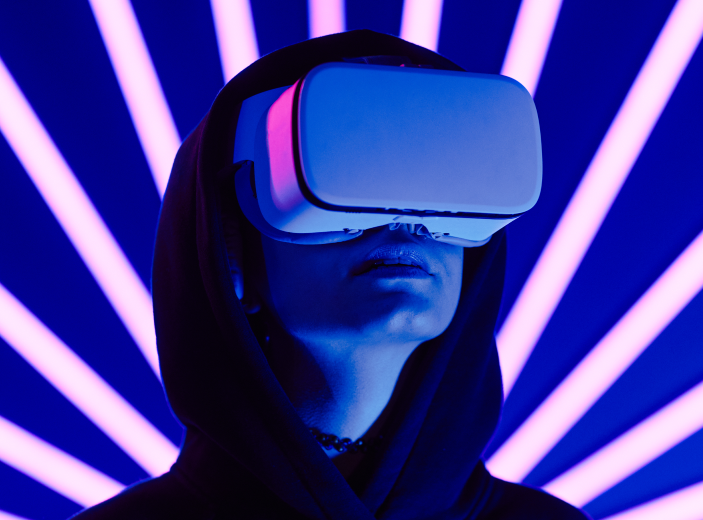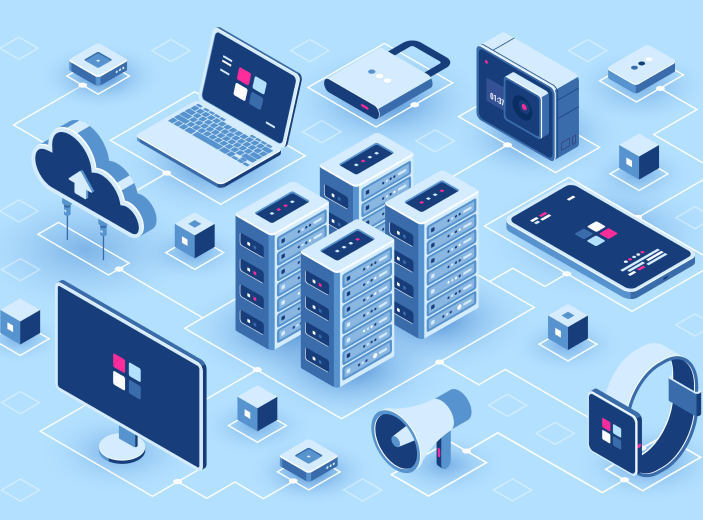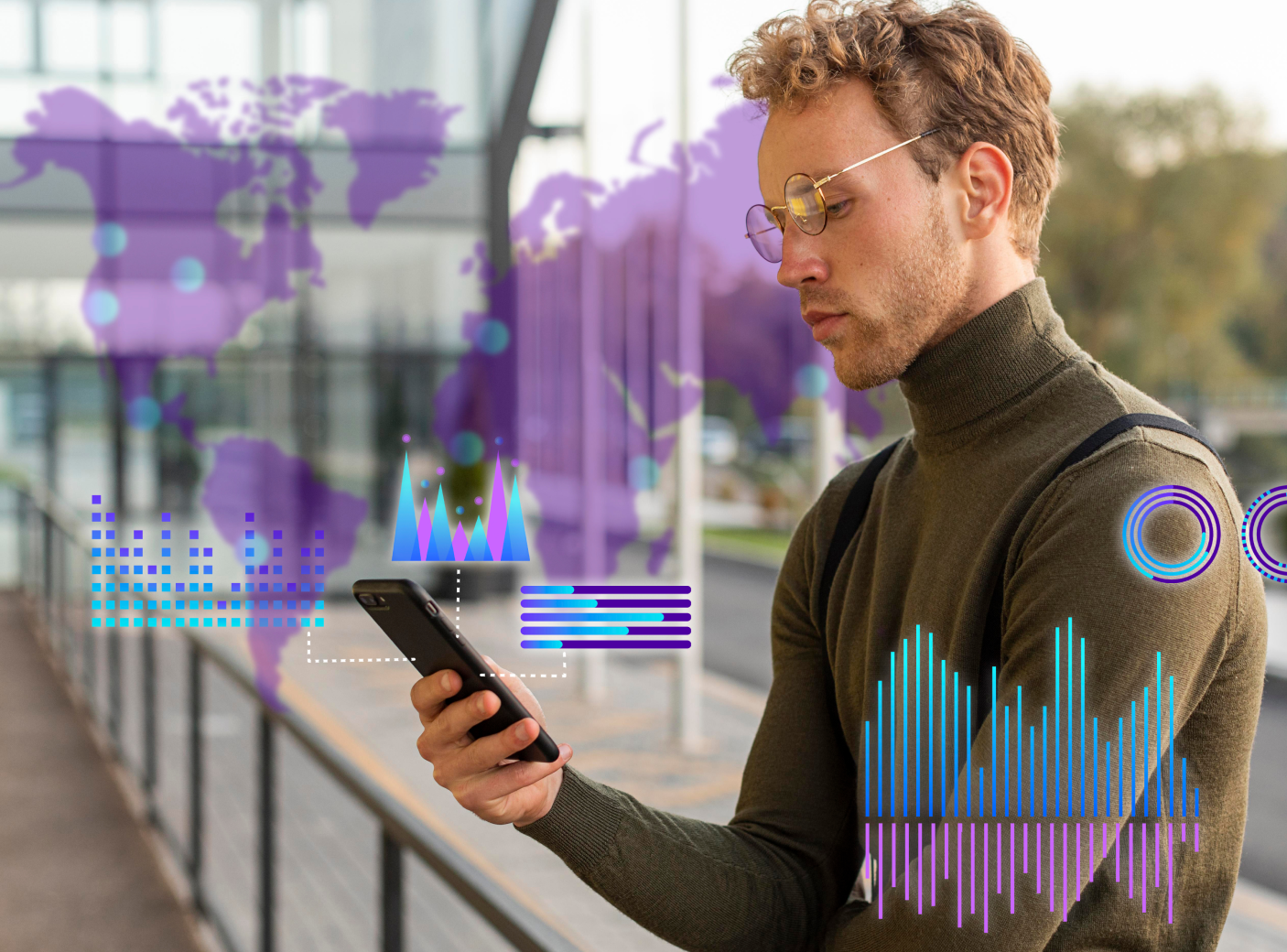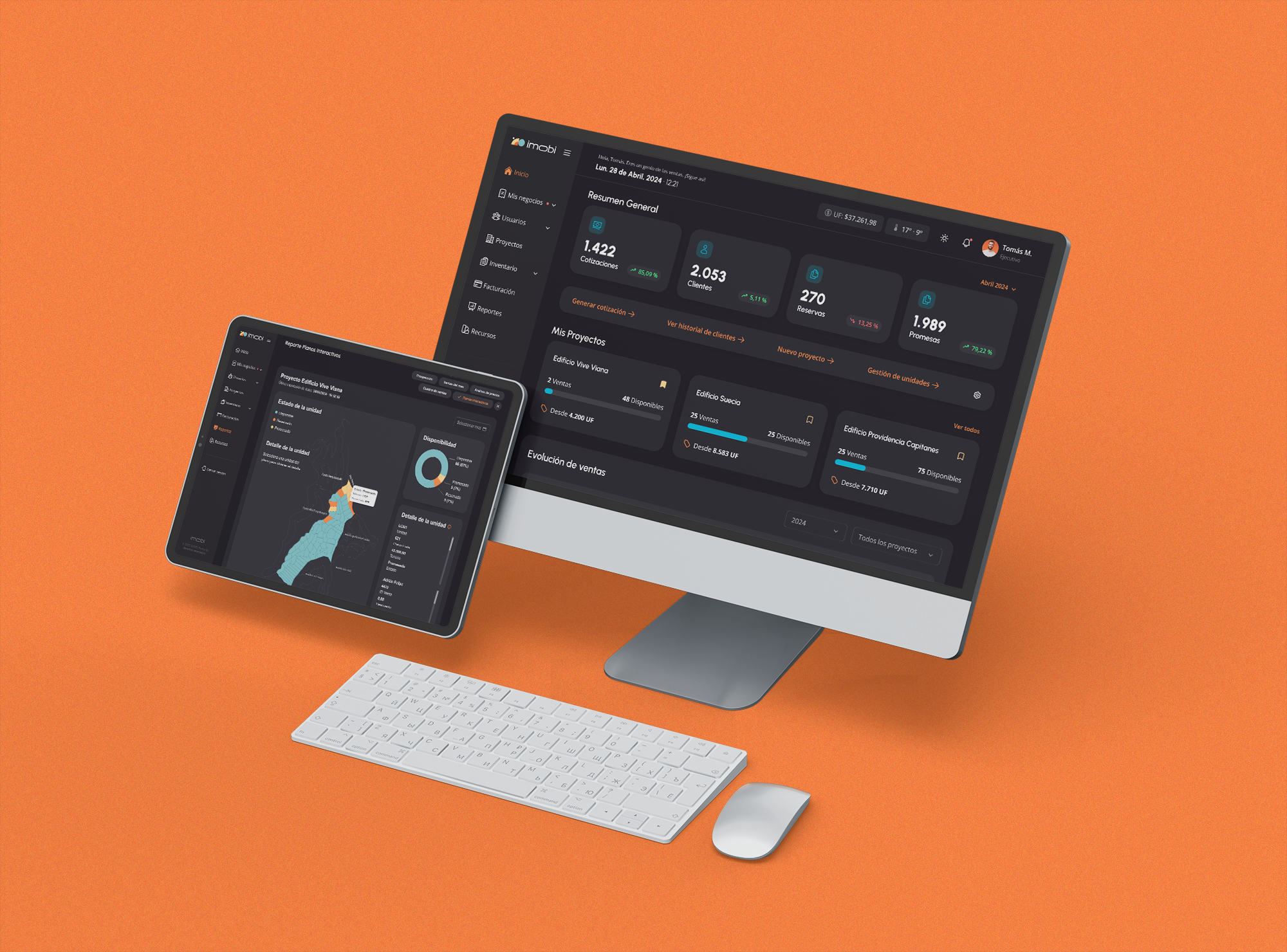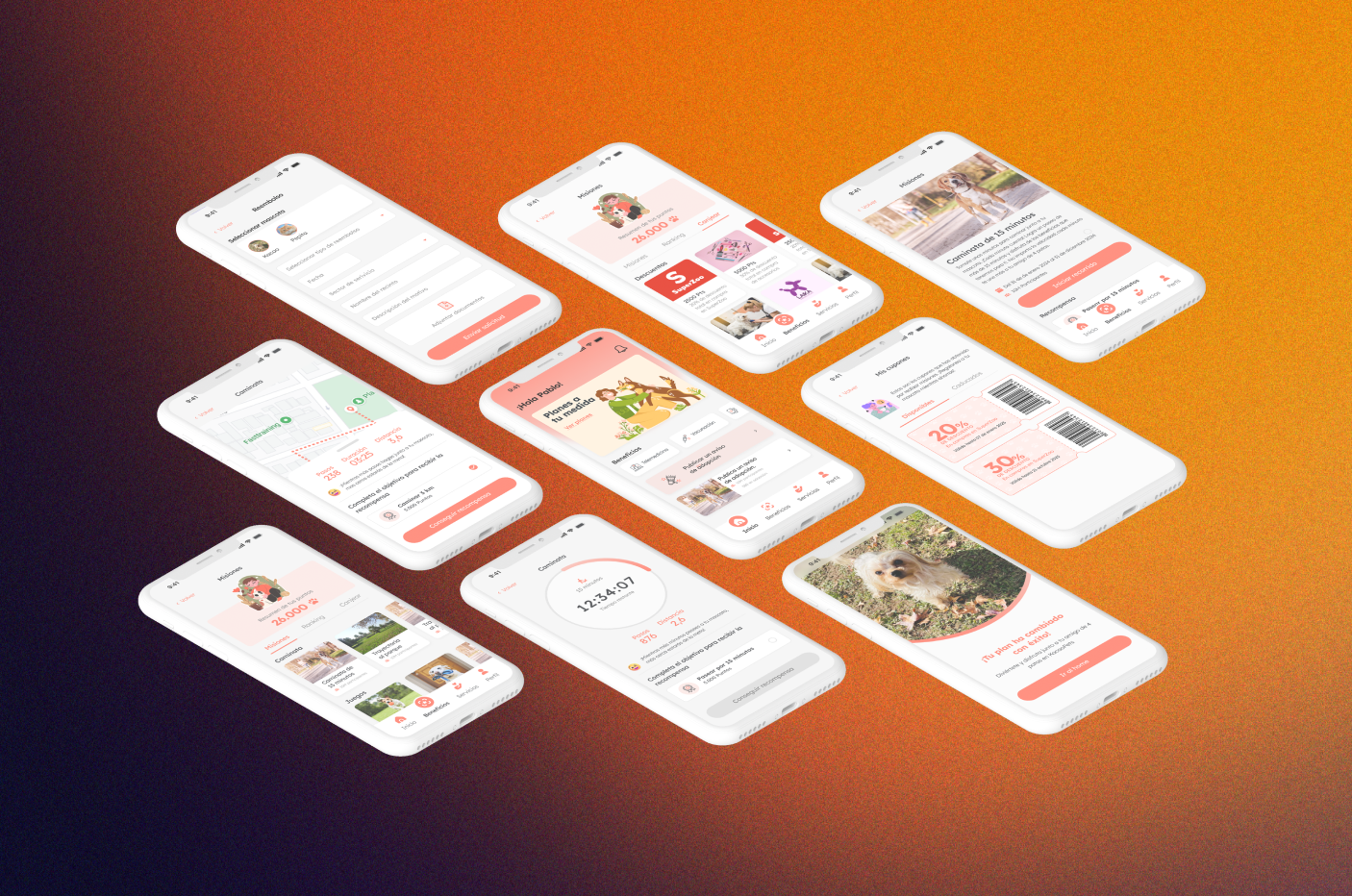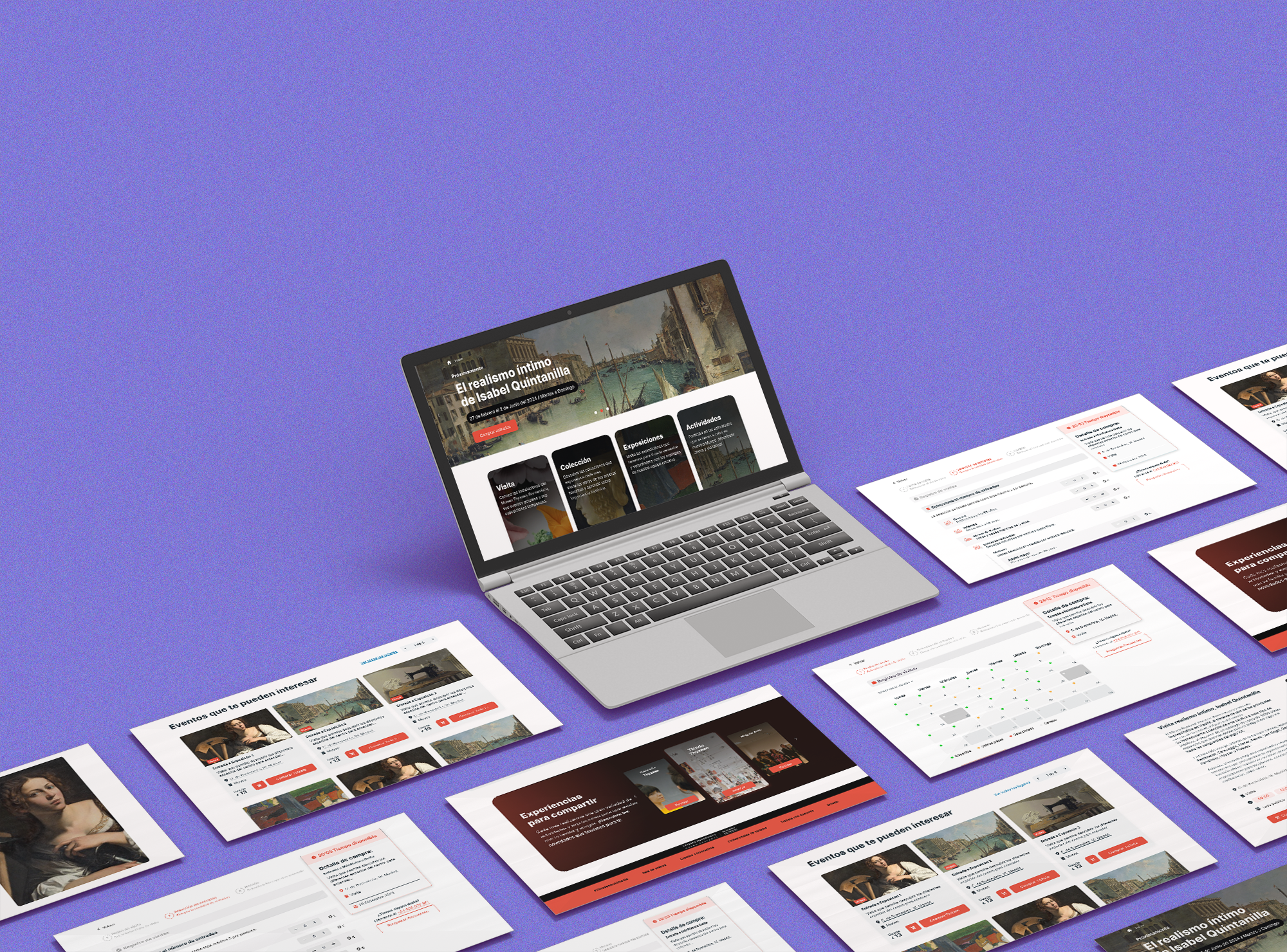Share this article
To delve deeper into Augmented Virtual Reality and software development, it’s essential to understand what virtual reality (VR) is. VR is a technology that either simulates the real world or creates a new one. This is achieved through devices that block out the view of the real world and replace it with computer-generated images. To experience or immerse oneself in this world, VR-specific devices are required, with the most commonly used ones being goggles, headsets, gloves, or suits.
Augmented Virtual Reality and Software Development Unlike VR, “Augmented Reality” (AR) combines real-world elements with computer-generated ones. It uses sounds, images, and videos in real time overlaid onto what a person is seeing, typically through a smartphone, tablet, smart glasses, or similar devices.
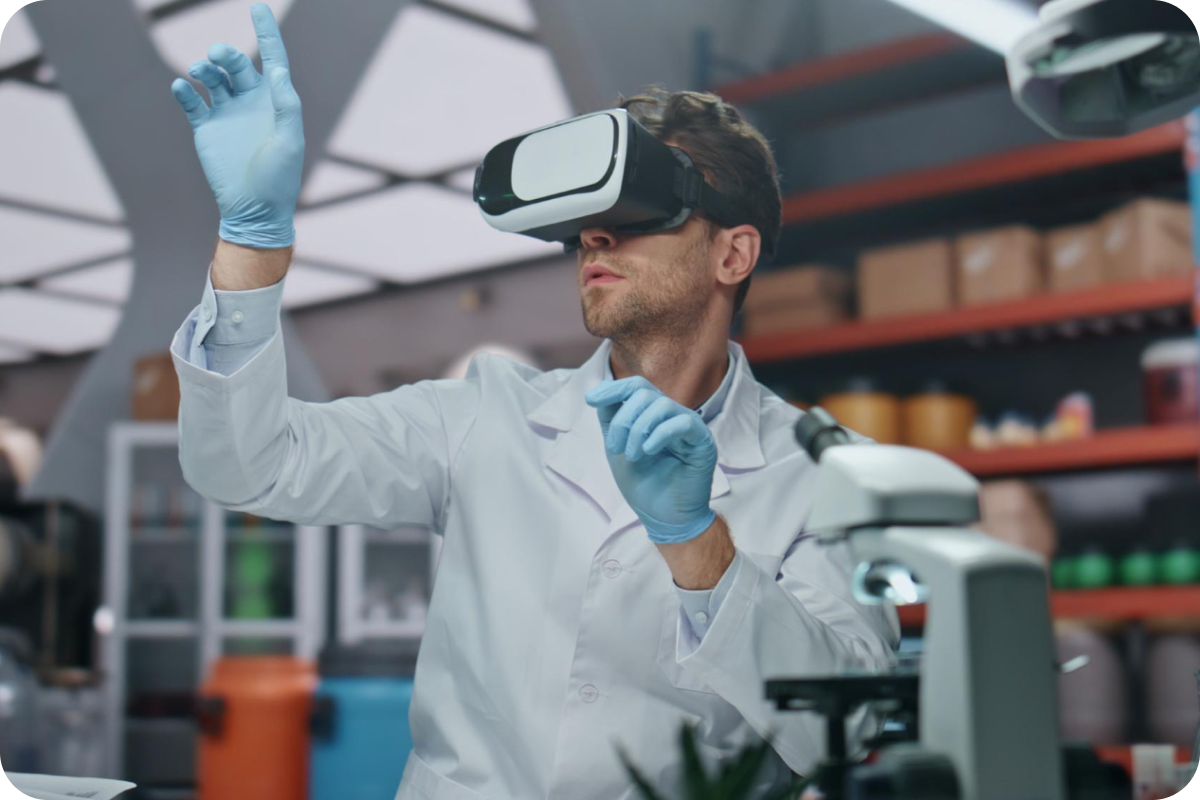
These tools are valuable complements to current educational materials, enhancing the stimulation and understanding of fundamental concepts.
With VR, an entirely new world is created, while with AR, details in the form of digital information layers are added to that reality.
When these technologies are combined, they open up a realm of possibilities, helping businesses enhance efficiency and transform their operations, thus creating value for their customers.
In sectors such as training, marketing, education, and gaming, we already witness the use of these technologies, where software development has played a significant role. And there’s still a promising future due to the immense opportunity to create, present, and collaborate on exciting projects, now incorporating AI.
Areas Where Virtual Reality Has Been Used and Can Be Further Developed
AR and VR can be developed in numerous areas. In this instance, we’ll choose just 4 to explore their potential and how they can intertwine with software development.
Education: A child introduced to mobile devices as early as 2 years old exhibits surprising familiarity with screen interfaces. This causes traditional learning approaches to lose some of their appeal, thus giving rise to the need to incorporate these technologies into the modern educational sphere.
These tools emerge as valuable complements to contemporary teaching materials, providing an invaluable capacity for stimulation and comprehension of fundamental concepts.
Through them, learning activities can be created wherein participants use their senses and experience stimuli to facilitate:
- Interaction with information.
- Discovery of elements and processes in the environment.
- Manipulation of objects.
- Collaboration with others.
Medicine: What we used to see in futuristic movies involving new technologies and super-sized screens is now a reality; AR aids surgeons in the midst of their operations.
Much progress has been made with Augmented Virtual Reality and Software Development in this field, as modern X-ray and MRI machines exist that allow for more reliable diagnoses and obtaining internal patient data. With software development, interactive prototypes and applications can be created to continue these advancements.
Marketing: This is one of the areas where this technology has been extensively utilized, ranging from product presentations, whether in-store or at massive events like fairs, to the creation of interactive catalogs visualizing 3D object models. VR/AR can also be used to create interactive and realistic demo apps for software products that are still in development, in order to gauge customer reactions, comments, and improvement suggestions.
Retail: The strategies employed in marketing go hand in hand with the world of retail. In virtual stores, this technology comes to life, where customers navigate freely and select items at their leisure. This contributes to improving the user experience, enhancing the effectiveness of the purchasing process, and strengthening the trust relationship between the customer and the brand.
Studies indicate that this sector will continue to grow dramatically until 2028, thanks to the implementation of AR.
After the pandemic, blending the physical and digital channels is the path that every retail business must follow to reap the benefits of both worlds, and this is where the development of applications comes into play to fulfill this purpose.
Within companies, AR and VR become important, especially in areas like maintenance, where the creation of virtual manuals helps employees visualize the steps or instructions they follow in real time while performing a task. Team members can interact with 3D models and discuss ideas as if they were in the same room, enhancing communication and decision-making.
AR and VR can be leveraged in many areas, closely supported by developers who can create software aided by new AI, to continue producing applications that push technology to its fullest potential.
Virtual and Augmented Reality offer a new approach to software development, enhancing efficiency, collaboration, and overall experience for both developers and end users. However, it’s important to consider the technical, design, and cost implications when exploring these opportunities.
Do you already know exactly how to keep improving your business’s efficiency? Do you already know exactly how to keep improving your business’s efficiency? If you have questions, don’t hesitate to contact us for guidance. We’re here to assist you. Schedule a meeting here.
